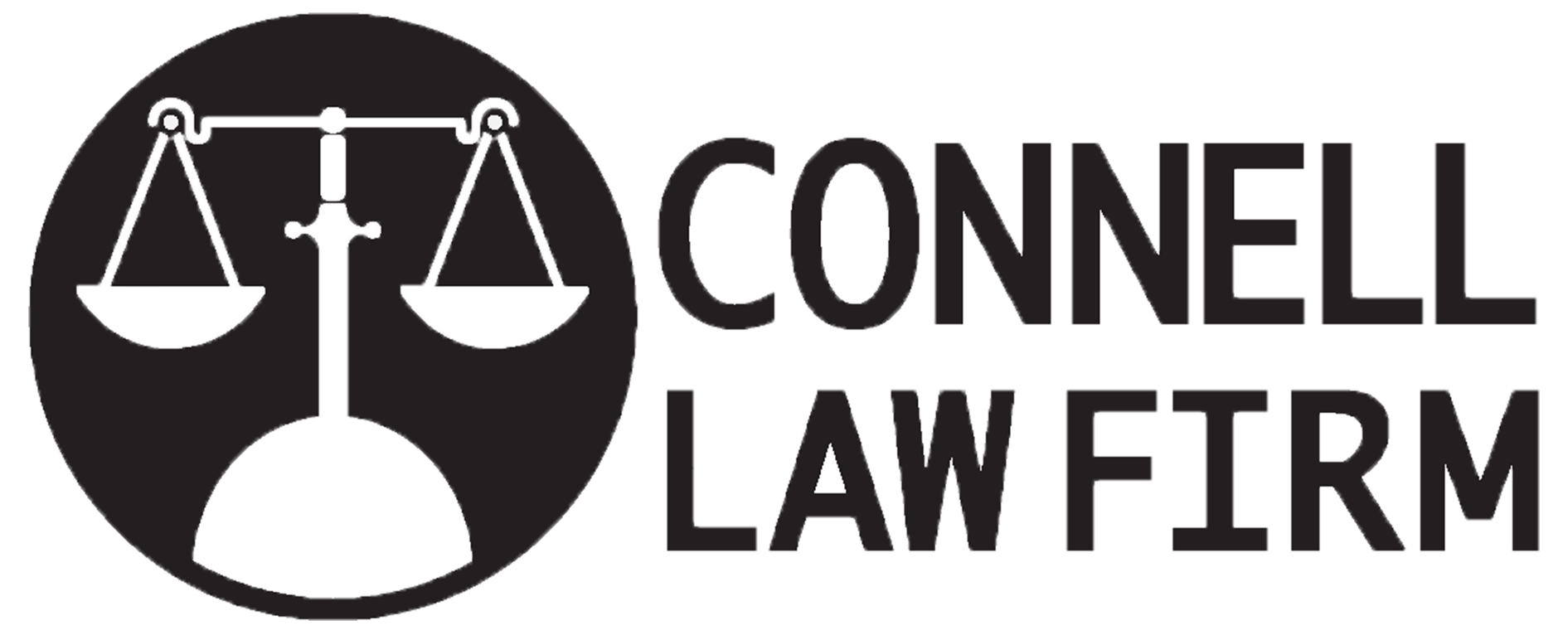Spinal cord damage is one of the most difficult, heart-wrenching injuries that anyone can suffer. Whether the cause was an auto collision, sports injury, car collision with a pedestrian or cyclist, work-related accident, or a slip and fall, the results are equally tragic. According to the National Spinal Cord Injury Statistical Center at UAB, 12,500 people suffer spinal cord injuries each year.
Types of Spinal Cord Injuries
There are only two categories of spinal cord injury: complete and incomplete, according to BrainandSpinalCord.com. An incomplete injury may leave some feeling and mobility below the sight of injury, whereas a complete injury renders everything below the injury site immobile and with no sensation. The severity and occurrence of the injury will determine whether the injury was incomplete or complete.
Complete Spinal Cord Injury
A complete spinal cord injury will result in complete paraplegia or tetraplegia. Complete paraplegia is the loss of motor and nerve function at or below T1, which renders the victim incapable of movement or having sensation of the legs and loss of bowel, bladder, and sexual function. Sensation and mobility of the arms remains intact. However, some victims of complete paraplegia have partial trunk movement that may allow them to stand or walk for short distances by using special equipment. Despite this, most complete paraplegics rely on self-propelled wheelchairs. Complete tetraplegia includes the above listed loss of lower extremity control and sensation along with the loss of hand and arm ability. Depending on the location of the injury to the spinal cord, some complete tetraplegics require ventilators to breathe or, conversely, do have some arm and hand mobility.
Incomplete Spinal Cord Injury
An incomplete spinal cord injury is more common than a complete injury, and leaves the patient with some amount of ability and sensation below the injury site. Six to eight weeks after the injury, the victim’s doctor will determine the extent of the injury. Incomplete spinal cord injuries result in little to no movement but some feeling, or little to no feeling but some movement, depending on the specifics of the injury. There are five classifications of incomplete spinal cord injuries:
- Anterior Cord Syndrome involves damage to the front of the spinal cord. This includes an impaired ability to feel temperature, touch, and sensation of pain below the injury site. Partial movement may later be recovered.
- Brown-Sequard Syndrome involves damage to just one side of the spinal cord. This results in impaired mobility without loss of sensation to one side of the body and damaged sensation with preserved mobility on the other.
- Cauda Equina Lesion is damage that results in complete or partial partial loss of sensation. However, in some cases, the nerves can regenerate and function improved.
- Central Cord Syndrome results in loss of arm function with some leg function in tact. Varying levels of recovery can be possible.
- Posterior Cord Syndrome leaves muscle function, power, pain and temperature function in tact, but reduces coordination.
If you or a loved one have suffered a complete or incomplete spinal cord injury at work or through no fault of your own, contact one of our experienced Columbia personal injury attorneys at the law offices of The Connell Law Firm, LLC today.

